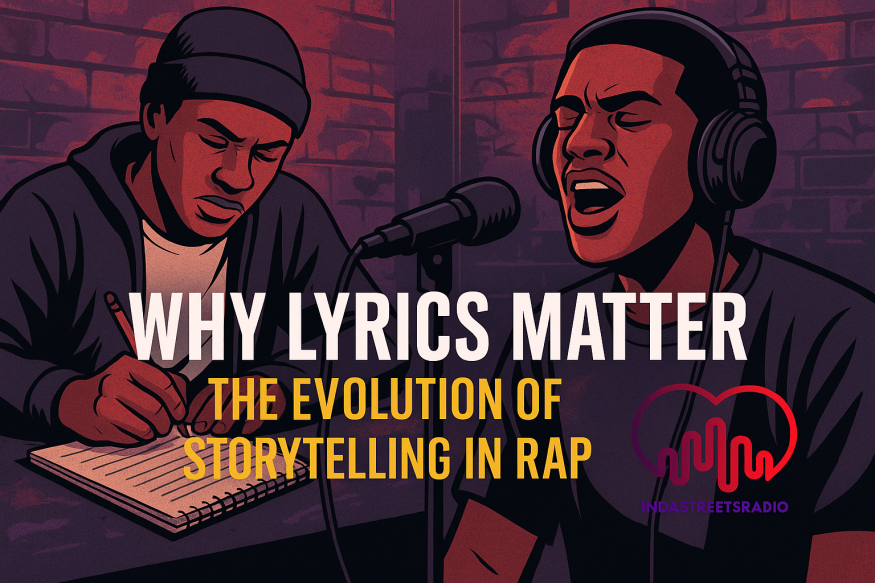
November 07, 2025 - 109 views
Rap has always been more than beats and bars. It’s a form of storytelling — a mirror reflecting the lives, struggles, and dreams of those who speak through it. From the street corners of the Bronx to global arenas, hip-hop’s lyrical power has shaped culture, inspired movements, and given voice to generations.
At In Da Streets Radio, we know that behind every fire verse and catchy hook lies something deeper: a story worth hearing.
The Origins: Rap as Street Journalism
In its early days, rap wasn’t about chart success — it was about survival, truth, and identity. Artists used their lyrics as street journalism, documenting real-life experiences in a way that no mainstream outlet would.
Tracks like “The Message” by Grandmaster Flash and the Furious Five (1982) broke new ground by addressing urban poverty and social decay. Lines like “It’s like a jungle sometimes, it makes me wonder how I keep from goin’ under” weren’t just rhymes — they were testimony.
Through the 1980s and 1990s, rap became a global voice for the unheard, evolving into a genre that could educate, protest, and empower.
The Golden Era: Storytelling as an Art Form
By the 1990s, lyricism had become the heart of hip-hop. Artists began crafting cinematic narratives, using verses like screenwriters use scripts. Storytelling wasn’t just part of rap — it was rap.
-
Nas turned the Queensbridge projects into poetry with Illmatic (1994), each track unfolding like a day in the life of a young MC with dreams beyond his block.
-
The Notorious B.I.G. mastered vivid storytelling with songs like “Warning” and “I Got a Story to Tell.”
-
Tupac Shakur balanced street realism with emotional vulnerability, delivering narratives that explored pain, redemption, and community.
These MCs transformed hip-hop from entertainment to enlightenment. Their words painted pictures listeners could see, feel, and live through.
The Modern Era: Lyricism Evolves with the Culture
Fast forward to today — lyricism has taken on new forms but remains just as vital. The internet era brought accessibility and speed, but it also challenged artists to find new ways to connect through words.
Contemporary artists like Kendrick Lamar, J. Cole, and Rapsody continue to uphold storytelling traditions with thought-provoking narratives. Albums such as Kendrick’s “good kid, m.A.A.d city” and J. Cole’s “2014 Forest Hills Drive” remind listeners that even in a digital world, lyrics still matter.
Meanwhile, underground and independent artists have used storytelling to push culture forward — addressing everything from mental health to social justice, giving voice to lived experiences often ignored by mainstream media.
The Power of Words: Why Lyrics Still Matter
Lyrics are the soul of rap because they turn sound into substance. They connect artist to audience through shared experience. Whether it’s pain, triumph, or hustle, good lyrics make listeners feel seen.
Here’s why lyricism remains central to hip-hop’s impact:
-
Authenticity – Real stories create real connections.
-
Legacy – Strong lyrics preserve history for future generations.
-
Empowerment – Words can spark movements and uplift communities.
A single line can echo for decades — from Tupac’s “I’m not saying I’m gonna change the world, but I guarantee that I will spark the brain that will change the world” to Kendrick’s “We gon’ be alright.”
That’s the power of lyricism. It’s poetry with purpose.
Narrative Albums: The Modern-Day Street Novels
In a world driven by singles and viral moments, narrative albums remind us that hip-hop is still an art form built on depth and cohesion.
Projects like:
-
“To Pimp a Butterfly” – Kendrick Lamar
-
“The Miseducation of Lauryn Hill” – Lauryn Hill
-
“The Allegory” – Royce da 5’9”
-
“The Book of Ryan” – Royce da 5’9”
prove that listeners still crave meaningful storytelling that connects beats with message and music with memory.
These projects show that rap’s greatest strength isn’t just in rhythm — it’s in reflection.
Culture in Motion: The Streets Still Speak
Rap continues to evolve, but its foundation remains the same — real people telling real stories.
At In Da Streets Radio, we celebrate that authenticity. Every lyric that comes through our speakers represents a moment, a truth, and a voice that matters.
As new artists emerge, we remind them:
The beat might move the crowd, but the lyrics move the culture.
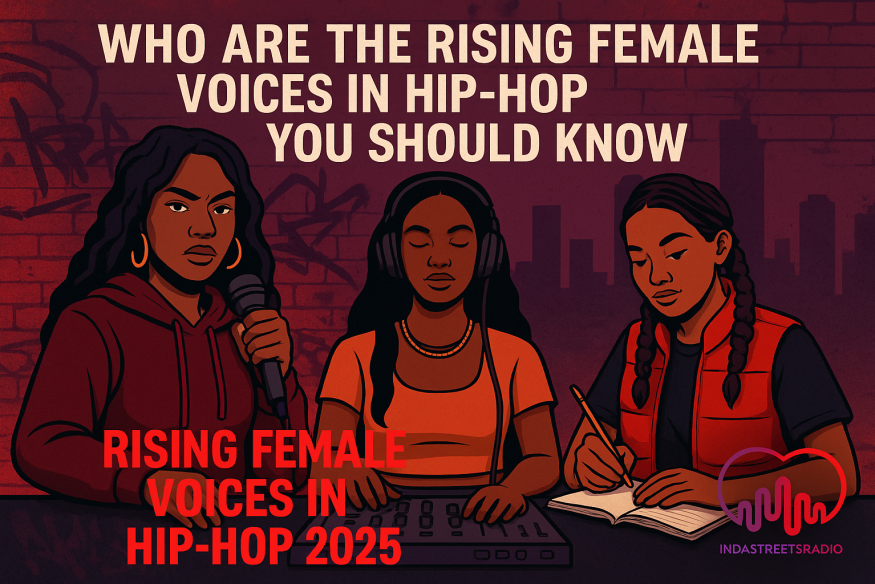

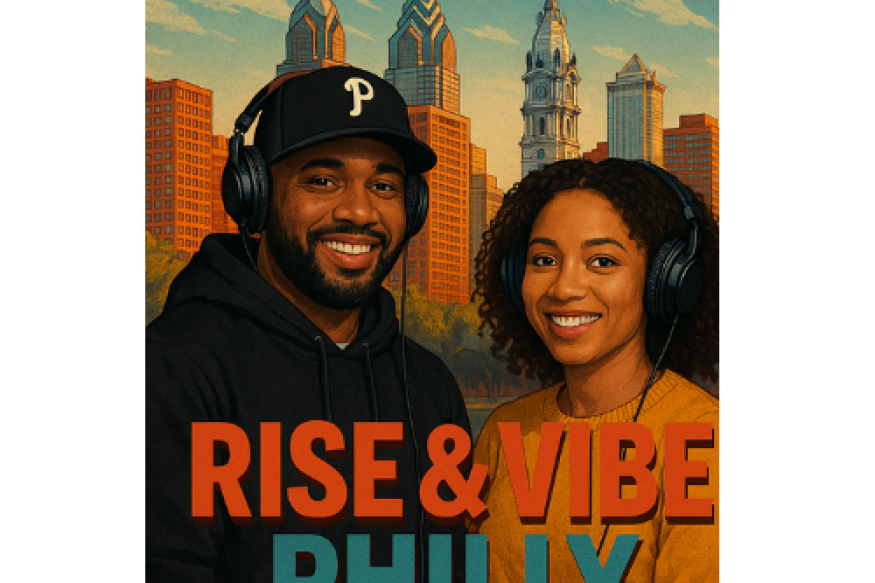
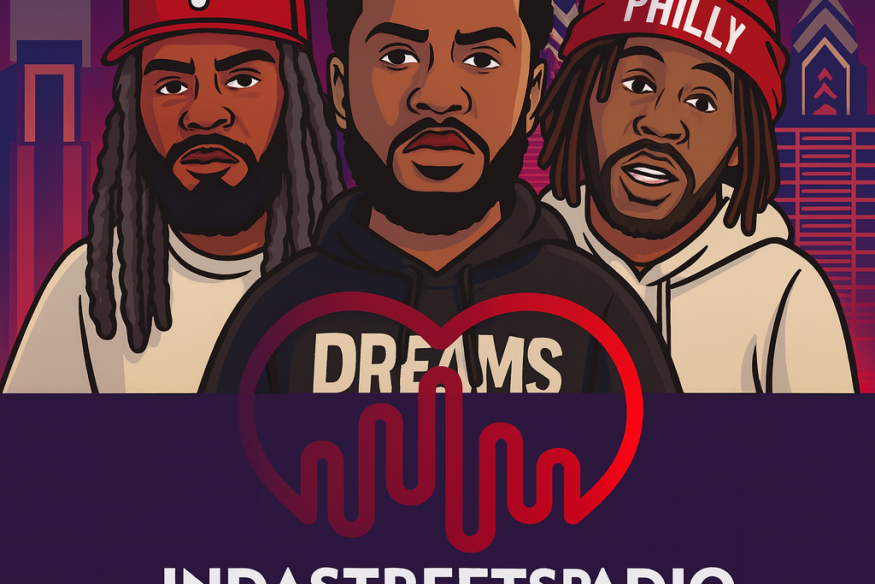
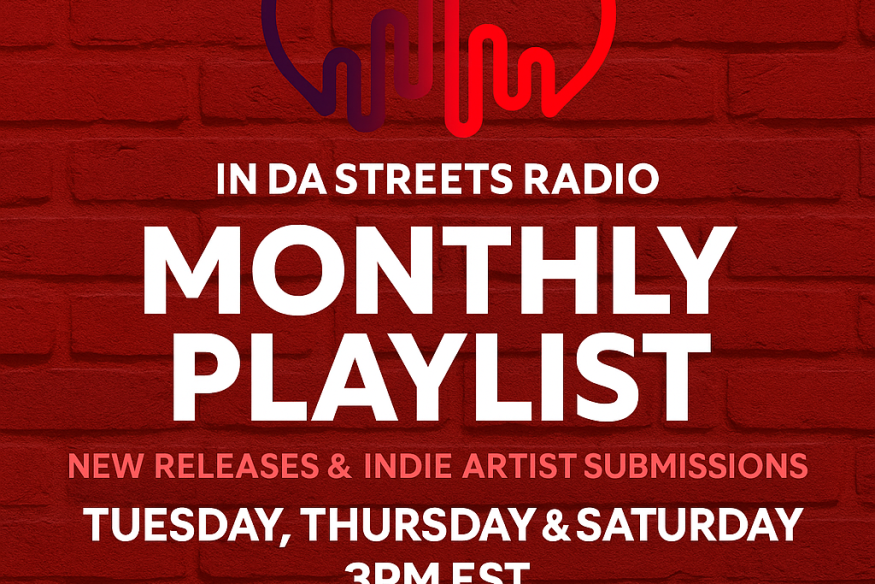




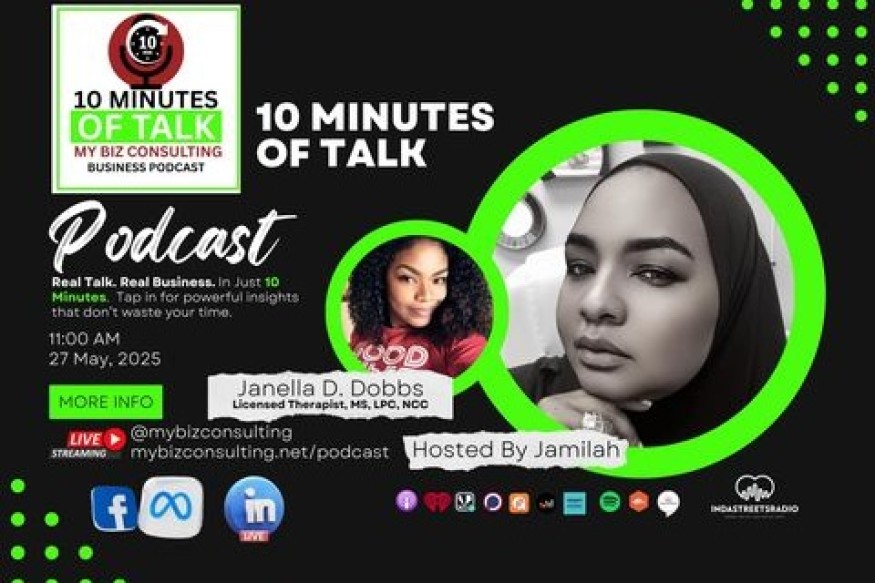

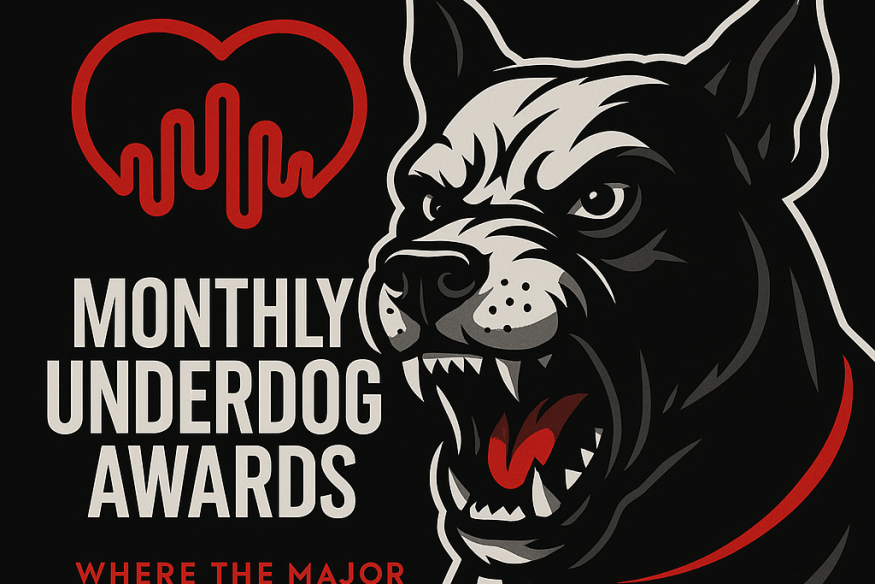
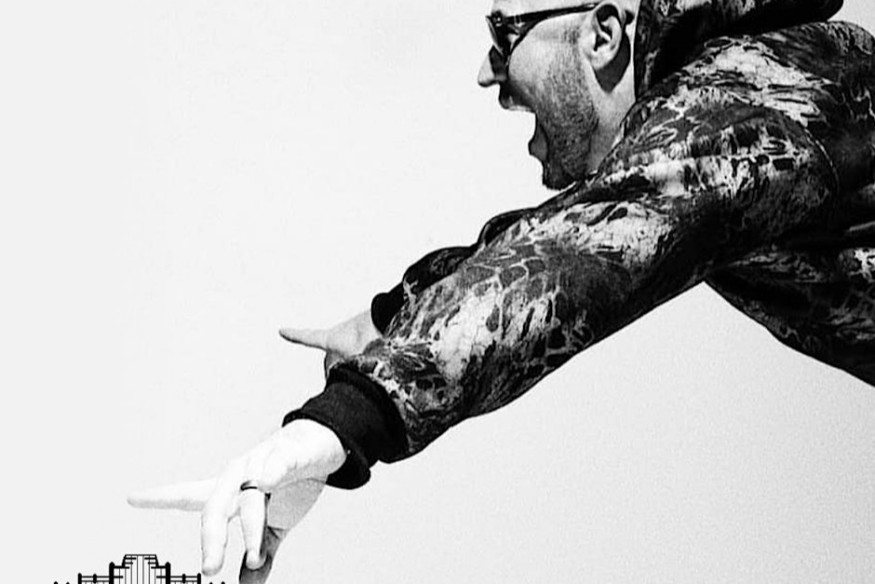
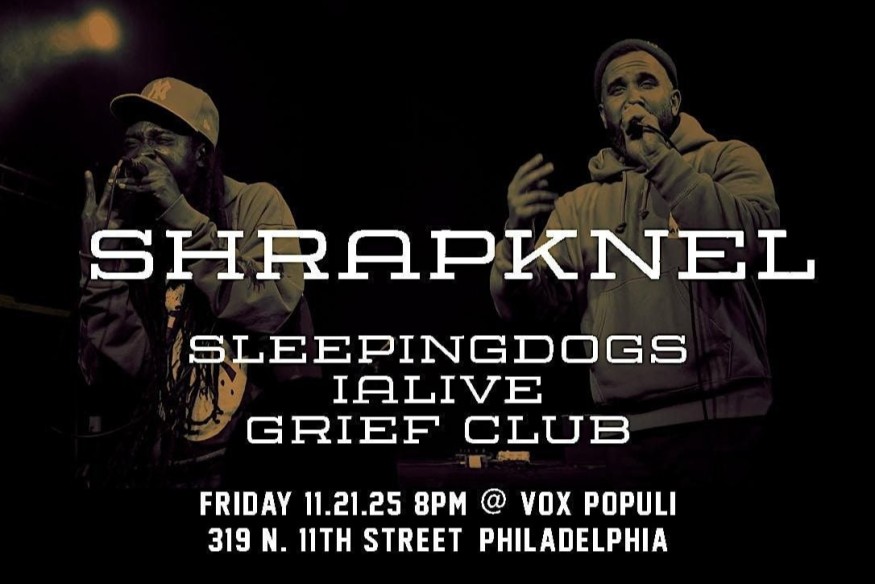
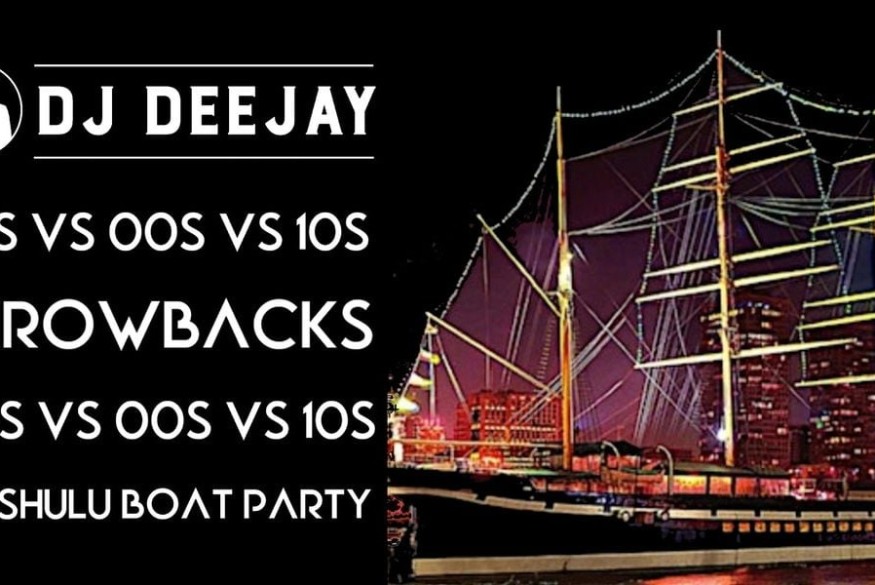

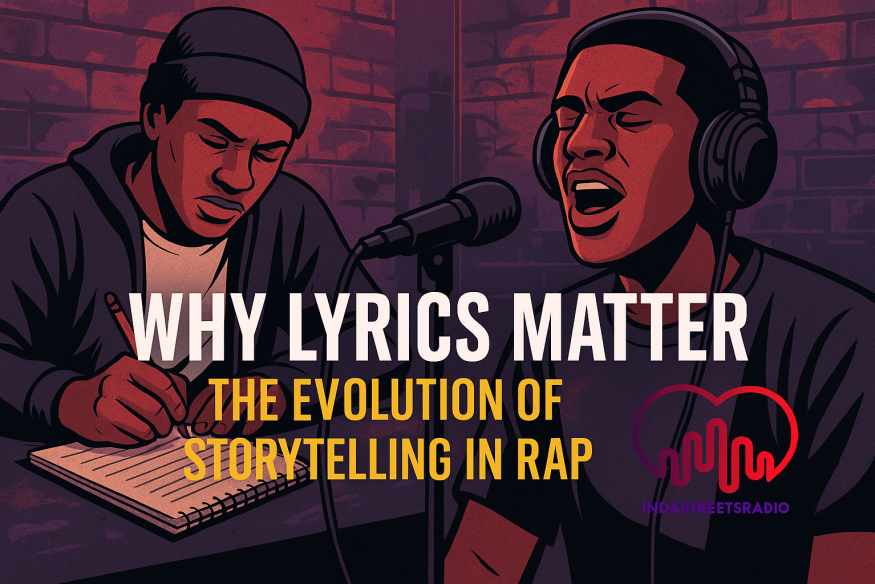
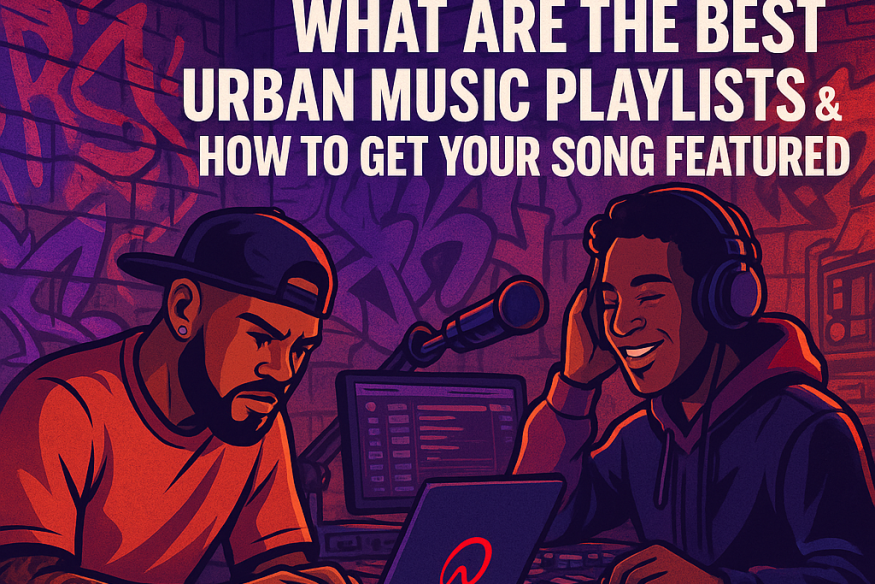
















Comments(0)